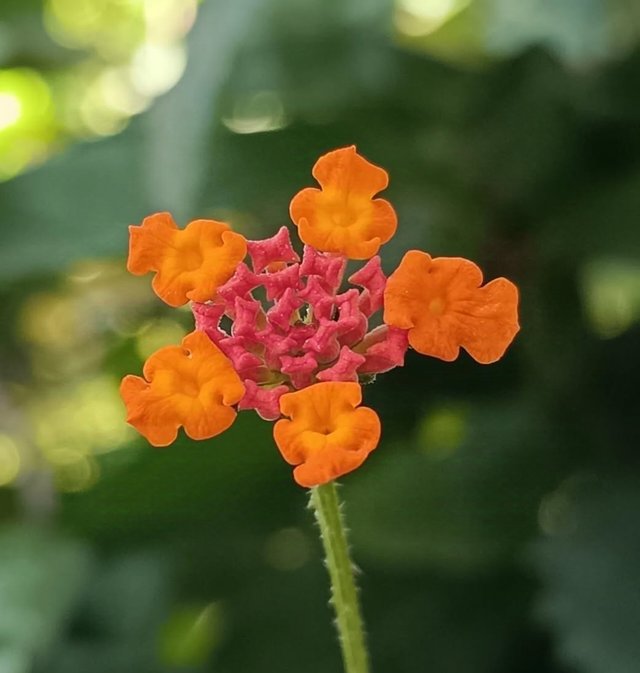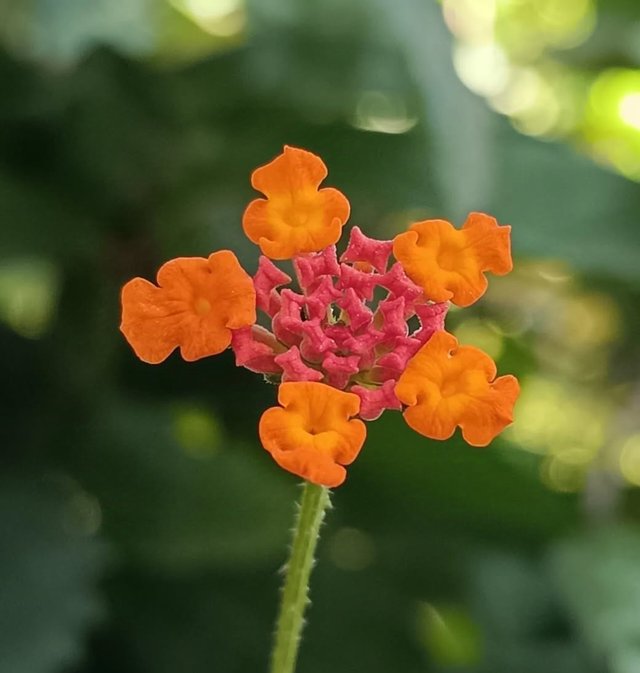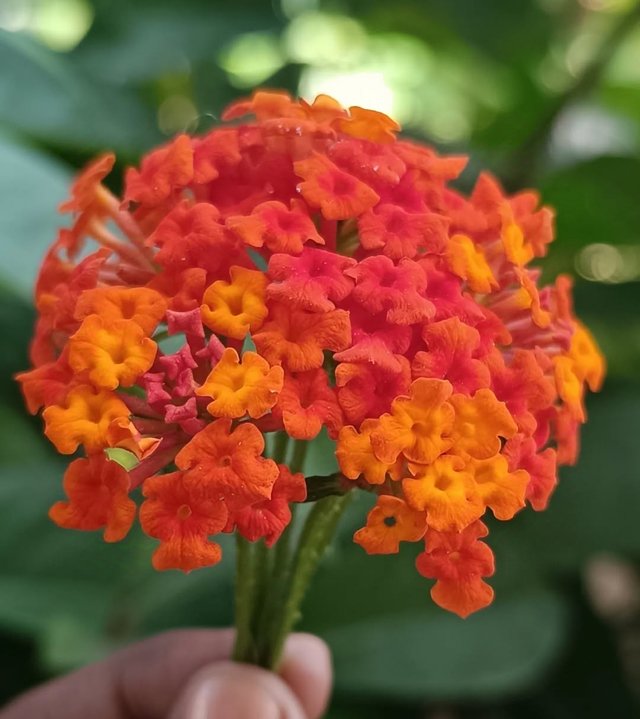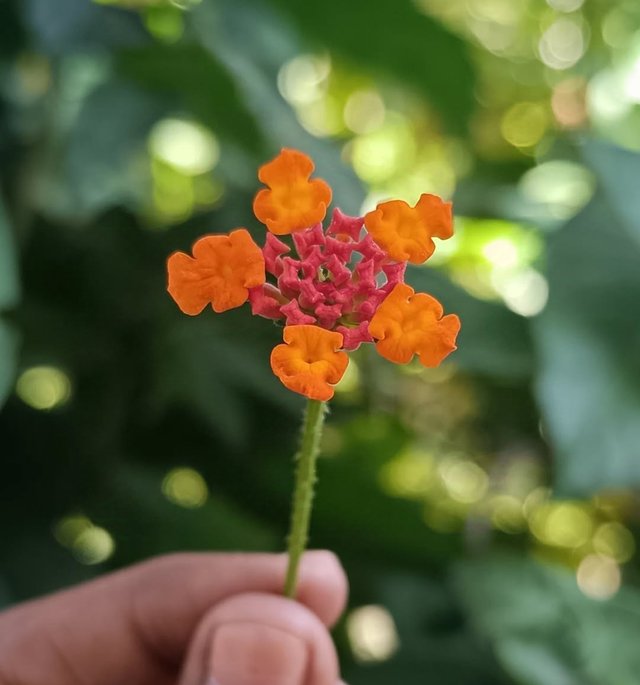So Beautiful West Indian Lantana Flower
West Indian Lantana: A Vibrant and Hardy Plant
West Indian Lantana, also commonly known as Spanish flag, wild sage, or tickberry, is a species of flowering plant that has captivated gardeners and horticulturists worldwide with its vibrant colors, resilience, and adaptability. Native to the tropical and subtropical regions of the Americas, this hardy plant has become a popular ornamental choice in gardens, parks, and urban landscapes. However, it also has a dual reputation as an invasive species in some parts of the world, underscoring the need for responsible cultivation and management.
Appearance and Characteristics
West Indian Lantana is a woody, perennial shrub that can grow up to 6 feet tall. It is characterized by its bright, multi-colored flowers that bloom in clusters, often transitioning between hues of yellow, orange, pink, red, and purple as they age. This color-changing trait is one of the plant’s most distinctive features and makes it a favorite among gardeners seeking to add visual interest to their landscapes.
The plant’s leaves are ovate, with a rough, textured surface and serrated edges. When crushed, they emit a pungent aroma, which some find pleasant while others consider overpowering. The shrub also produces small, black, berry-like fruits that are consumed by birds, aiding in seed dispersal.
Growth and Habitat
West Indian Lantana thrives in a wide range of environmental conditions. It is highly drought-tolerant and can grow in poor, sandy, or rocky soils, making it an ideal choice for xeriscaping and erosion control. It prefers full sun but can tolerate partial shade. Its ability to withstand harsh conditions and low maintenance requirements has contributed to its global popularity.
In its native range, West Indian Lantana is an integral part of the ecosystem, providing nectar for butterflies, bees, and other pollinators. The plant is often found in open areas, forest edges, and disturbed habitats, where it quickly establishes itself and spreads.
Ecological Benefits
One of the most notable ecological benefits of West Indian Lantana is its role as a nectar source for pollinators. Butterflies, in particular, are drawn to the plant, making it a valuable addition to butterfly gardens. The plant also provides shelter and food for various bird species that feed on its fruits.
Additionally, its robust root system makes it effective in preventing soil erosion, especially in degraded or sloped landscapes. Its adaptability to different soil types and climates also makes it a useful plant for revegetation projects in arid or degraded areas.
Challenges and Concerns
Despite its many benefits, West Indian Lantana has a darker side. In many parts of the world, including Australia, Africa, and parts of Asia, it is classified as an invasive species. Its aggressive growth habit can outcompete native vegetation, disrupt local ecosystems, and reduce biodiversity. In some regions, it forms dense thickets that are difficult to remove and hinder agricultural productivity.




